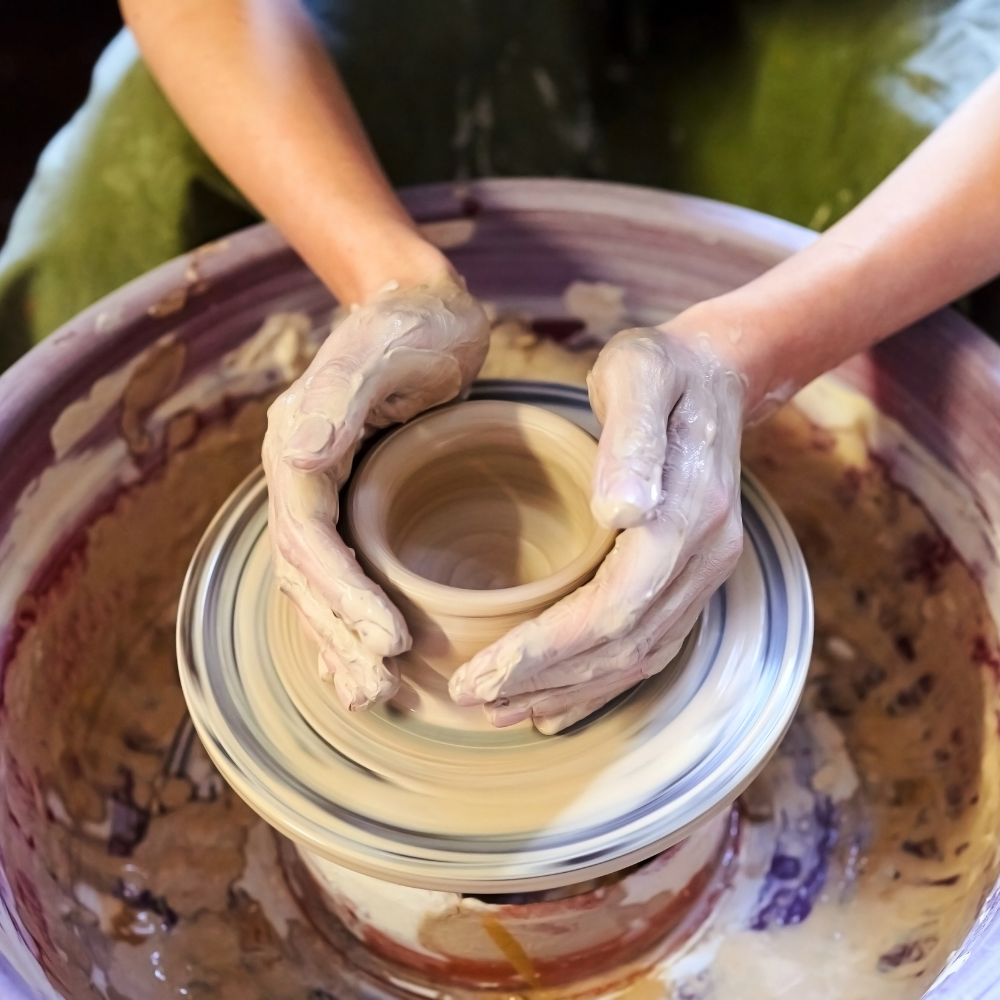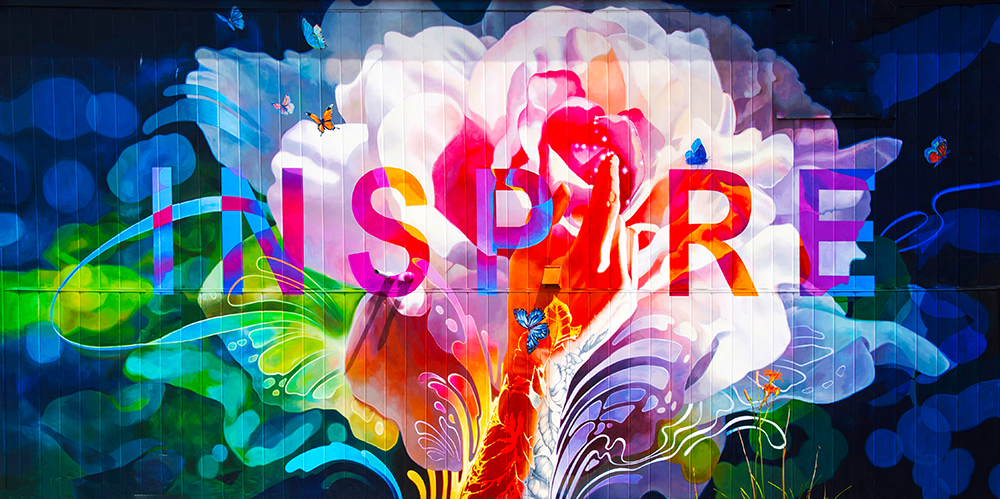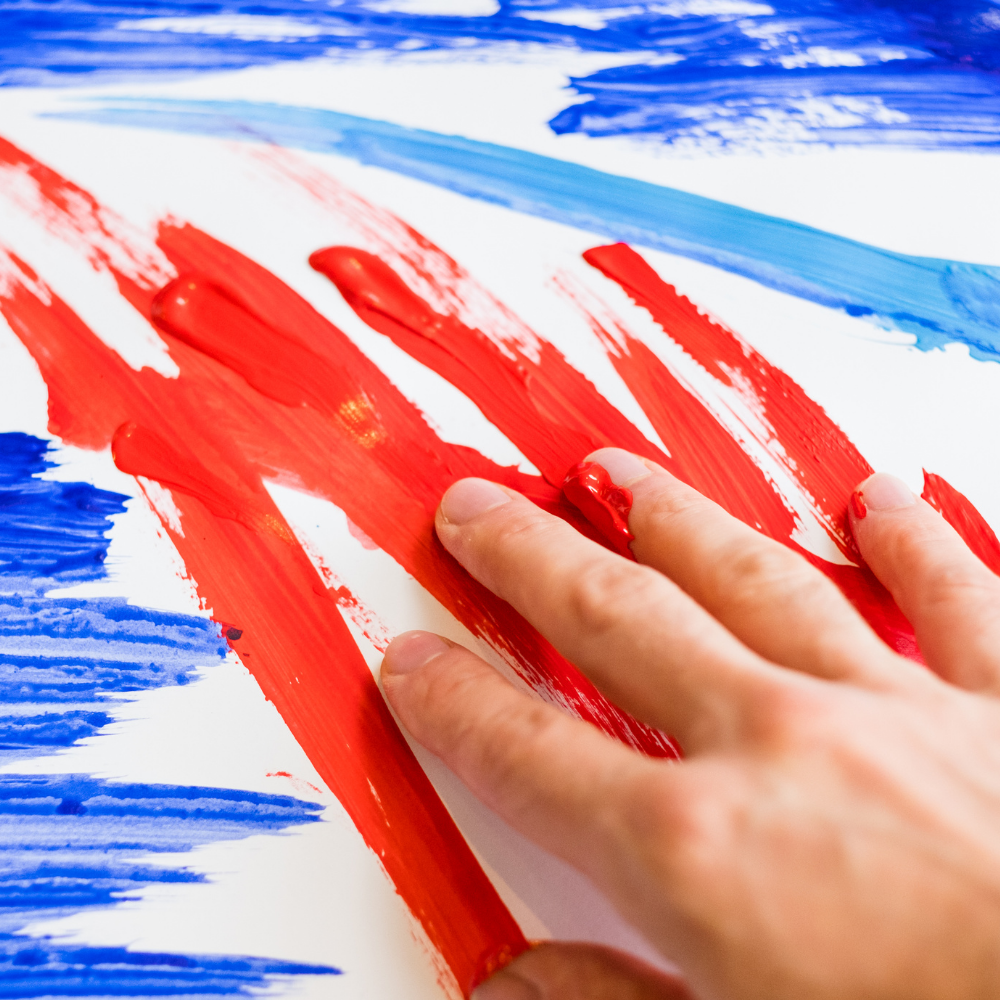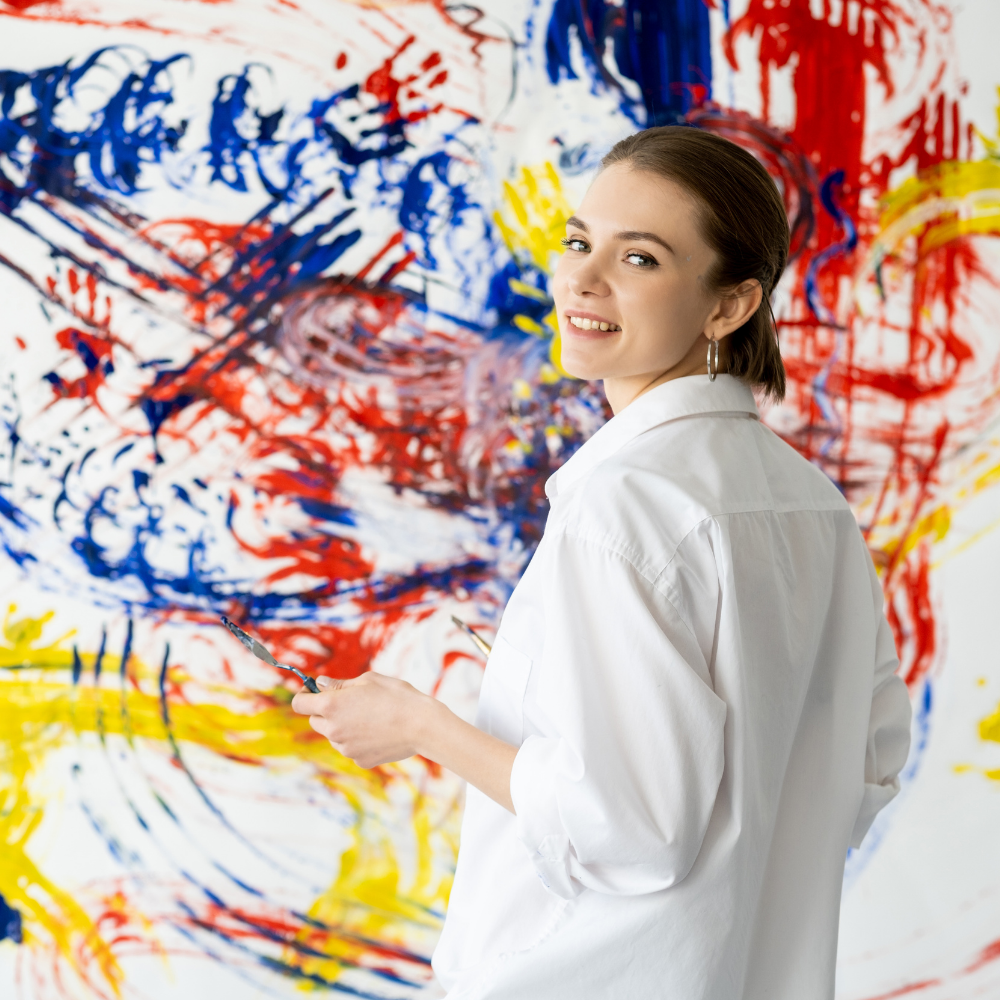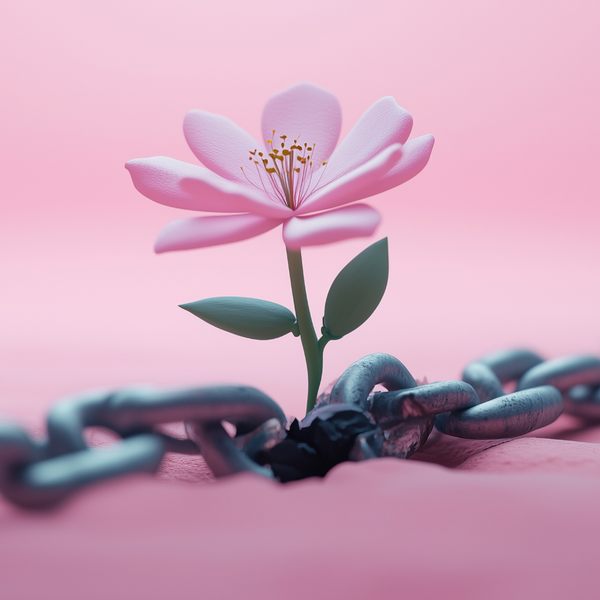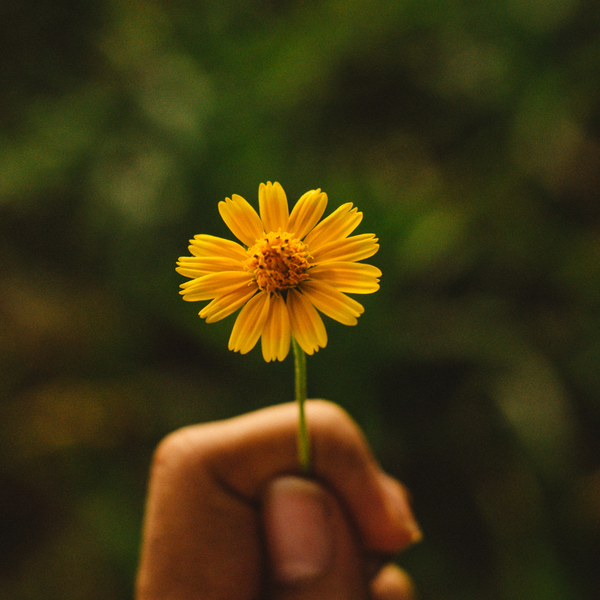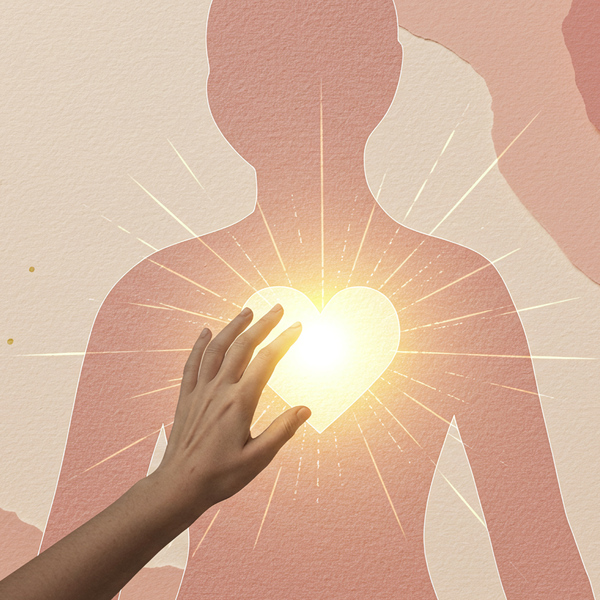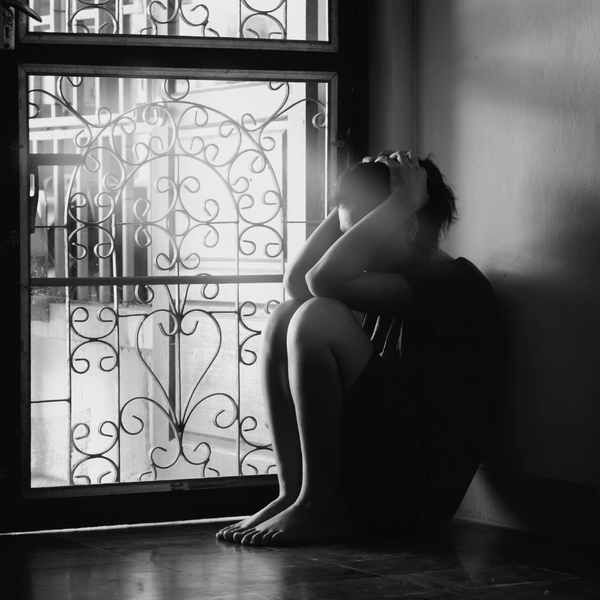Do you feel like the stress of everyday life is weighing you down?
Are hurts and heartaches making it hard to stay focused and to find your joy?
Are you looking to cultivate health, wellness, and creative expression?
The creative process is an oft-forgotten tool for coping with life’s challenges—but what if it could also help you heal?
The arts are more than just hobbies or pastimes; they are an effective tool for unlocking your inner peace, reducing stress, and even healing trauma.
Art is a universal language that connects us all, and it can also be your secret weapon against stress, trauma, and those 'meh' days where everything feels as exciting as a wet sock.
Therapeutic art is a powerful tool in our emotional toolkit for self-care, healing, stress-relief and encouragement.
In this blog post, we will dive into how the act of making art can help reduce anxiety and stress while increasing self-awareness and emotional resilience.
Welcome to the wonderful world of therapeutic arts, a realm where colors heal, words comfort, and music breathes life into our weary souls.
It's time to explore what therapeutic arts are and how they can be used for self-expression, relaxation, conflict resolution, and emotional healing.
From beginning artists experimenting with their first project to experienced professionals wanting a creative outlet from their craft - no matter what level artist you are - learn here how exploring the art of healing can help de-stress your mind and soothe your soul!
By engaging in activities like painting, music therapy, or crafting, we can not only find moments of solace and renewal but learn new tools to de-stress and unlock our inner peace.
Join us today as we explore the art of healing: how therapeutic arts have become a powerful means of connection both for ourselves and our world.
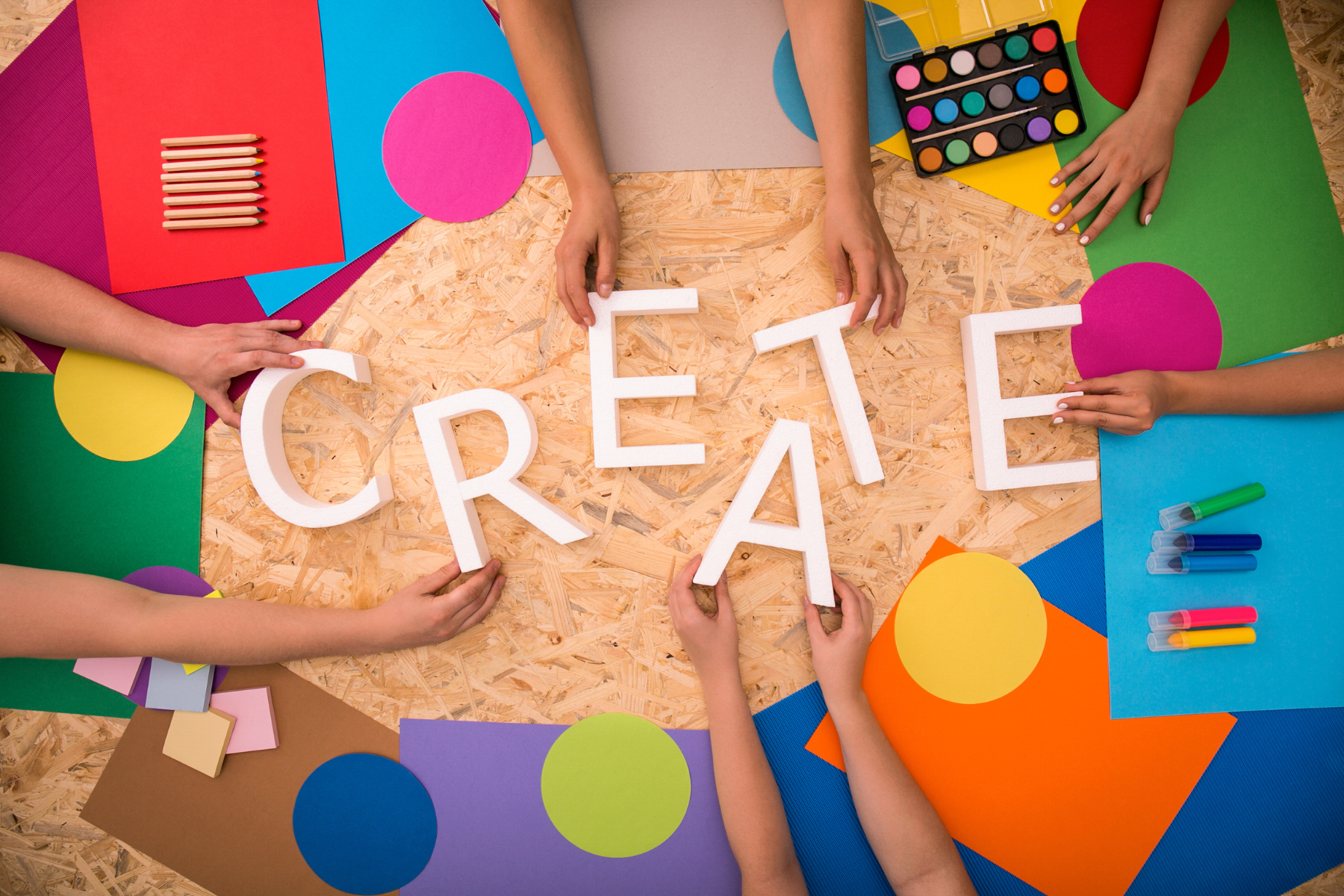
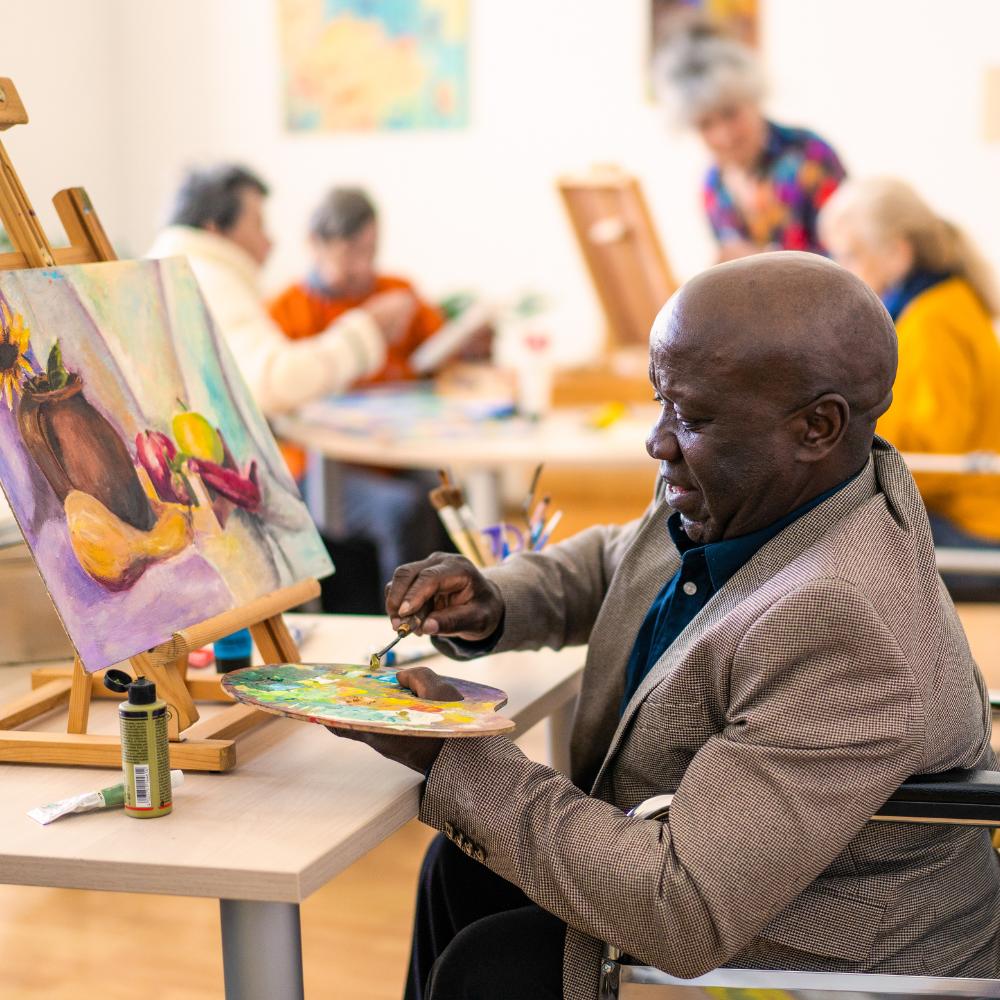
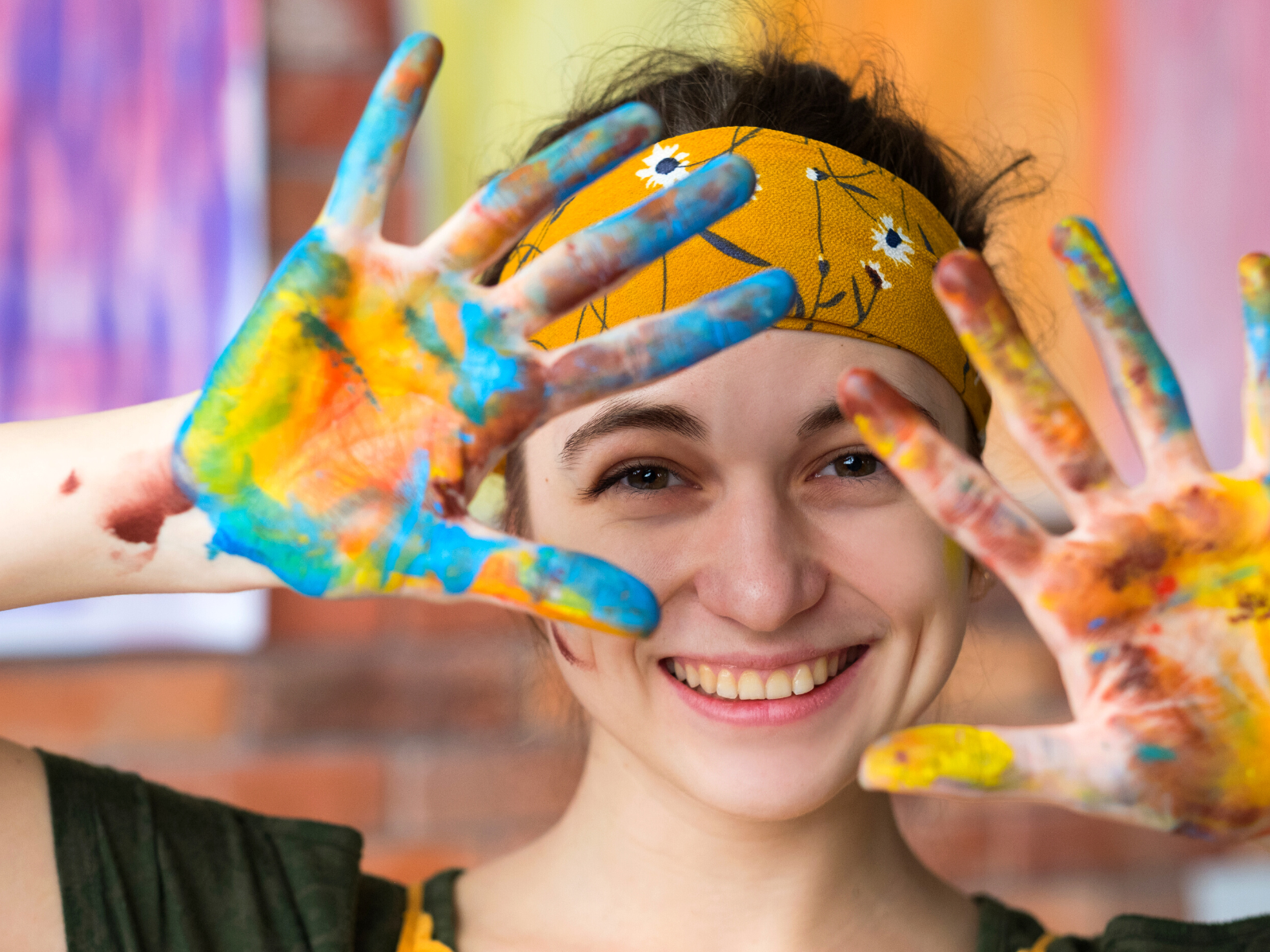
What Are Therapeutic Arts and Art Therapy?
Therapeutic arts are a form of expressive therapy that uses creative processes - such as painting, drawing, music, dance, poetry, and more - to foster emotional and personal growth, healing, and mental well-being.
It's not about creating a masterpiece, but about allowing your inner world to flow freely onto your chosen canvas, be it paper, musical instruments, or even your own body through movement.
In simple terms, art therapy is the love child of psychology and creativity with the mission to help you express yourself, gain insight into your emotions and behavior, and discover creative solutions to life’s challenges.
It's a form of expressive therapy that uses the process of making art to improve mental, emotional, and physical well-being.
No, you don't need to be Picasso or Mozart; you just need an open mind and a willingness to get a bit messy.
Art therapy is a form of psychotherapy that uses various creative arts to help a client improve their mental health.
The art therapist may guide their client in using art materials to explore feelings, issues, and emotions.
During sessions, the client may talk about their artwork, discuss what they created, and how it relates to their feelings or experiences.
Art therapy's philosophy is that the creative process helps people express themselves in ways that they can't through traditional talk therapy.
It allows their feelings to emerge into tangible forms, which then become objects of discussion, and the professionals are committed to making the experience safe and comfortable for everyone.
Art therapy has been used to help individuals struggling with PTSD, anxiety, depression, and other mental health issues; this therapy helps individuals express themselves in a safe, non-judgmental environment.
This form of therapy can be highly effective, and many people find it a welcome alternative to traditional talk therapy.
Color therapy is a form of art therapy that uses colors and color symbolism to help an individual heal and gain insight into their inner self.
The goal of this type of art therapy is to provide relief from stress, trauma, or emotional turmoil by awakening the senses through visual stimulation.
By exploring various hues and shades, individuals can begin to understand how colors affect their emotions.
This type of therapy can be used in conjunction with traditional talk therapy or on its own as a way to express and explore feelings.
Another aspect of therapeutic arts is music therapy.
Music is a powerful tool that stimulates our emotions, alters our moods, and connects us to others.
Music therapy uses instruments, singing, and structured music activities to achieve therapeutic goals.
Music can help people to express their emotions in a nonverbal way, improve their communication, and promote positive social interaction.
During sessions, the music therapist may encourage the client to write and play their music, improvise, or listen to specific songs that can help them feel calm and relaxed.
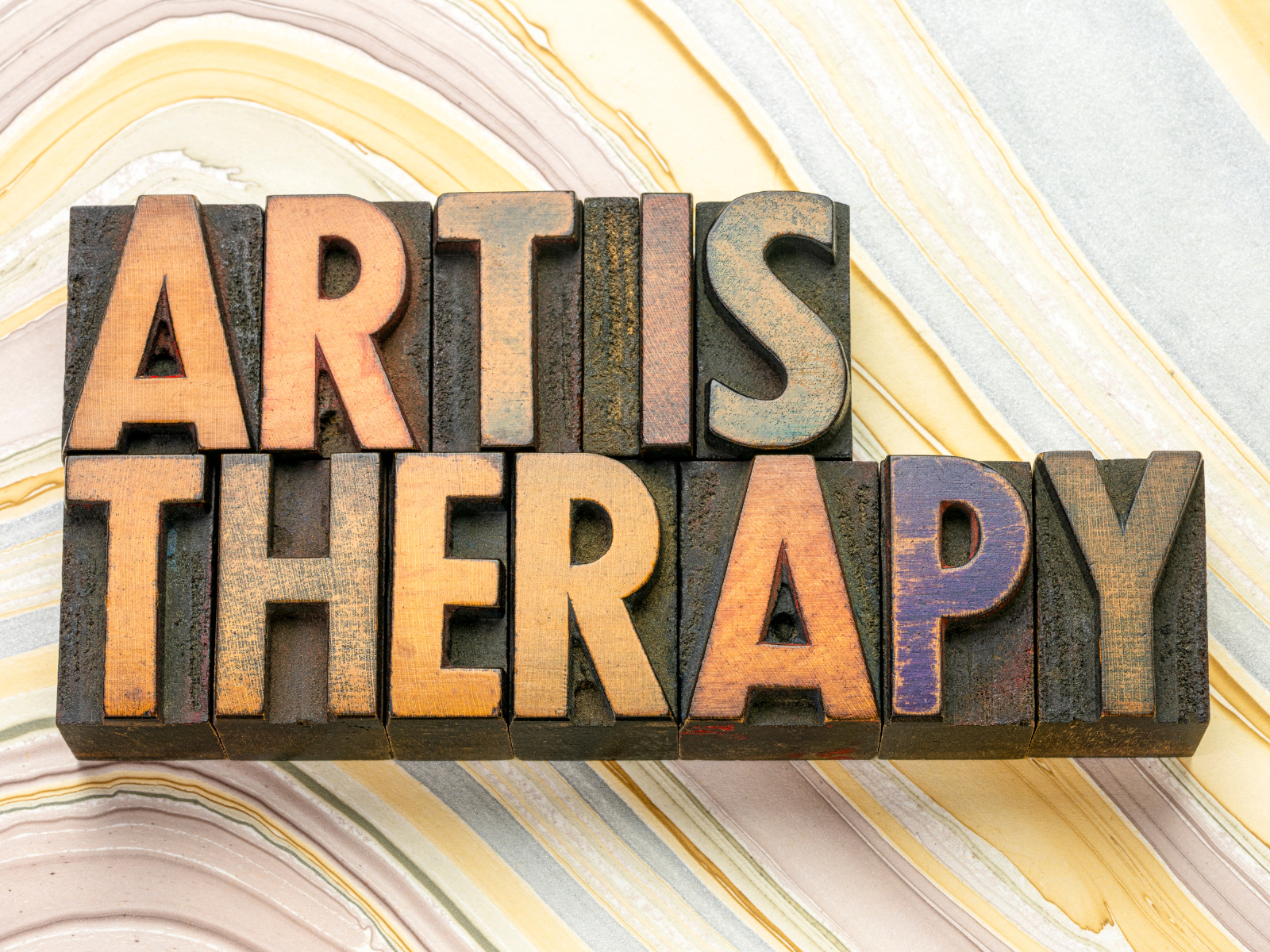
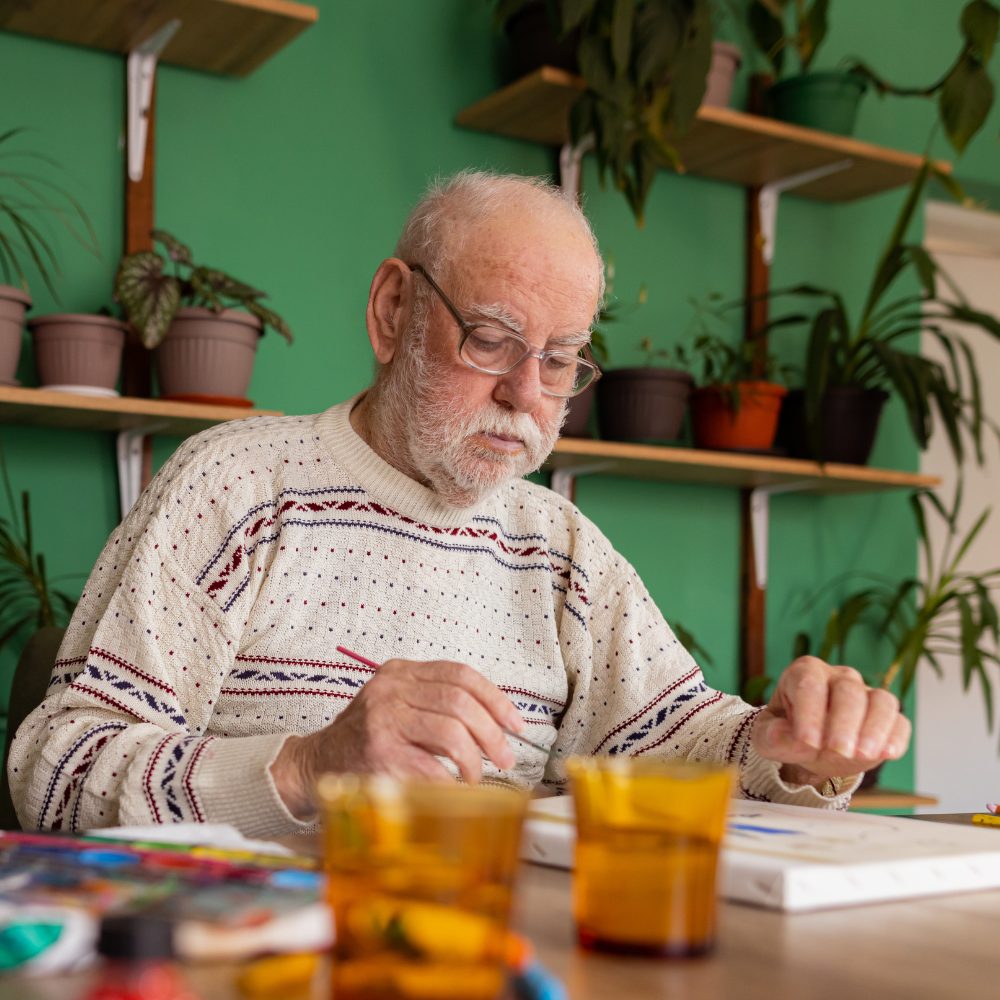
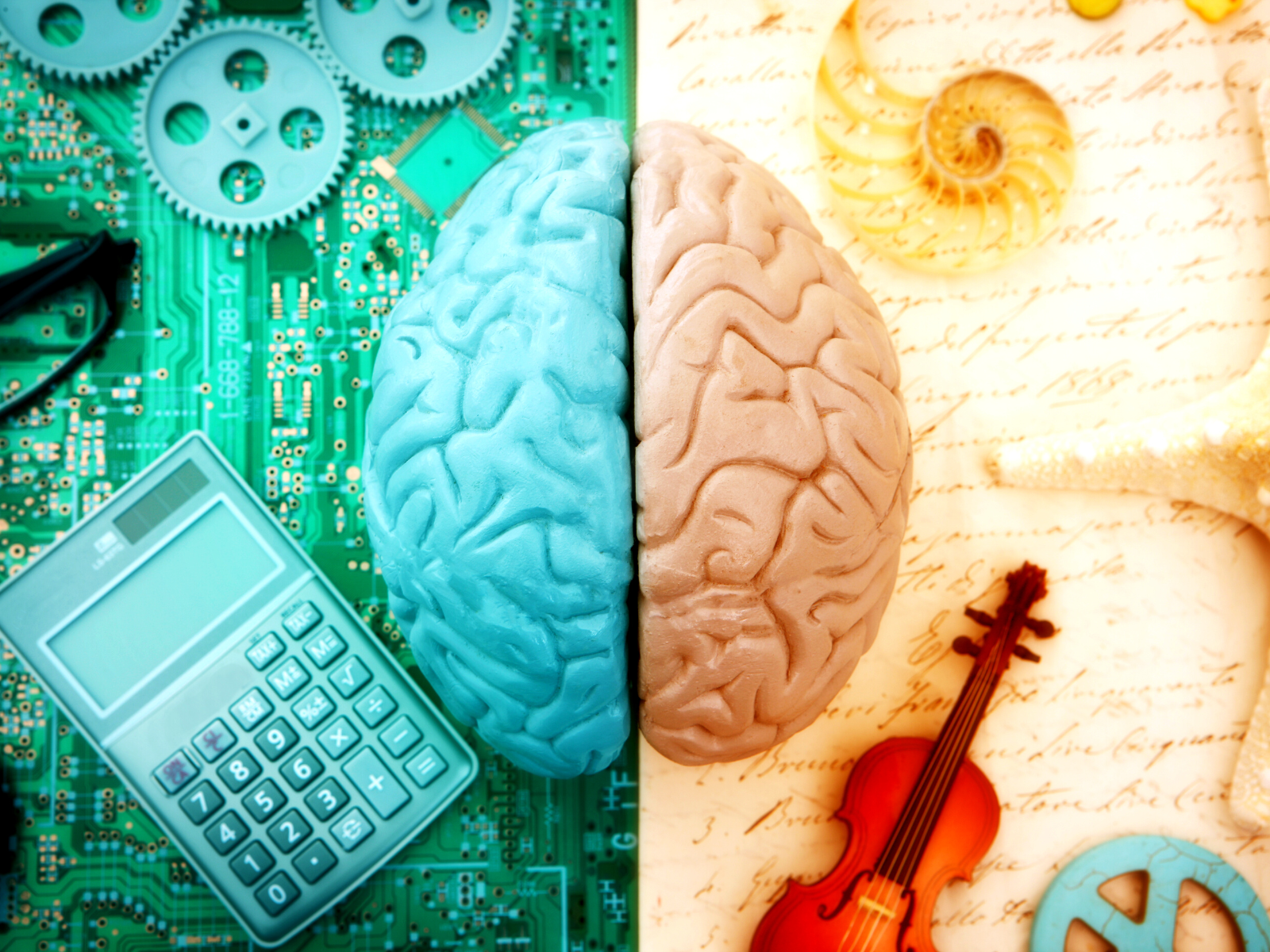
Impact of Art: More Than Just a Pretty Picture
Art isn't just about creating something beautiful or getting 'oohs' and 'aahs' from your friends.
It's about expressing what's inside your heart and mind.
Art has the power to heal, allowing us to communicate our feelings when words fail us.
It's a safe place to explore our deepest fears, our greatest hopes, and everything in between.
The act of making art releases endorphins in the brain, reducing stress and anxiety while improving our overall mood.
It can also be used for conflict resolution as individuals create pieces that represent their conflicts, allowing them to express themselves and come up with solutions or compromises.
When we make art, we're not only creating something; we're also giving ourselves permission to be vulnerable and express our emotions in ways that may be difficult to do with words.
The result? A feeling of satisfaction, peace, and joy.
Art therapy can help individuals gain insight into their feelings and behavior and lead to greater emotional understanding.
It can also provide a safe space to confront issues like anger, grief, and trauma.
By expressing themselves through art, clients can gain control over their emotions and develop healthier coping skills as they learn to recognize and express their feelings in a positive way.
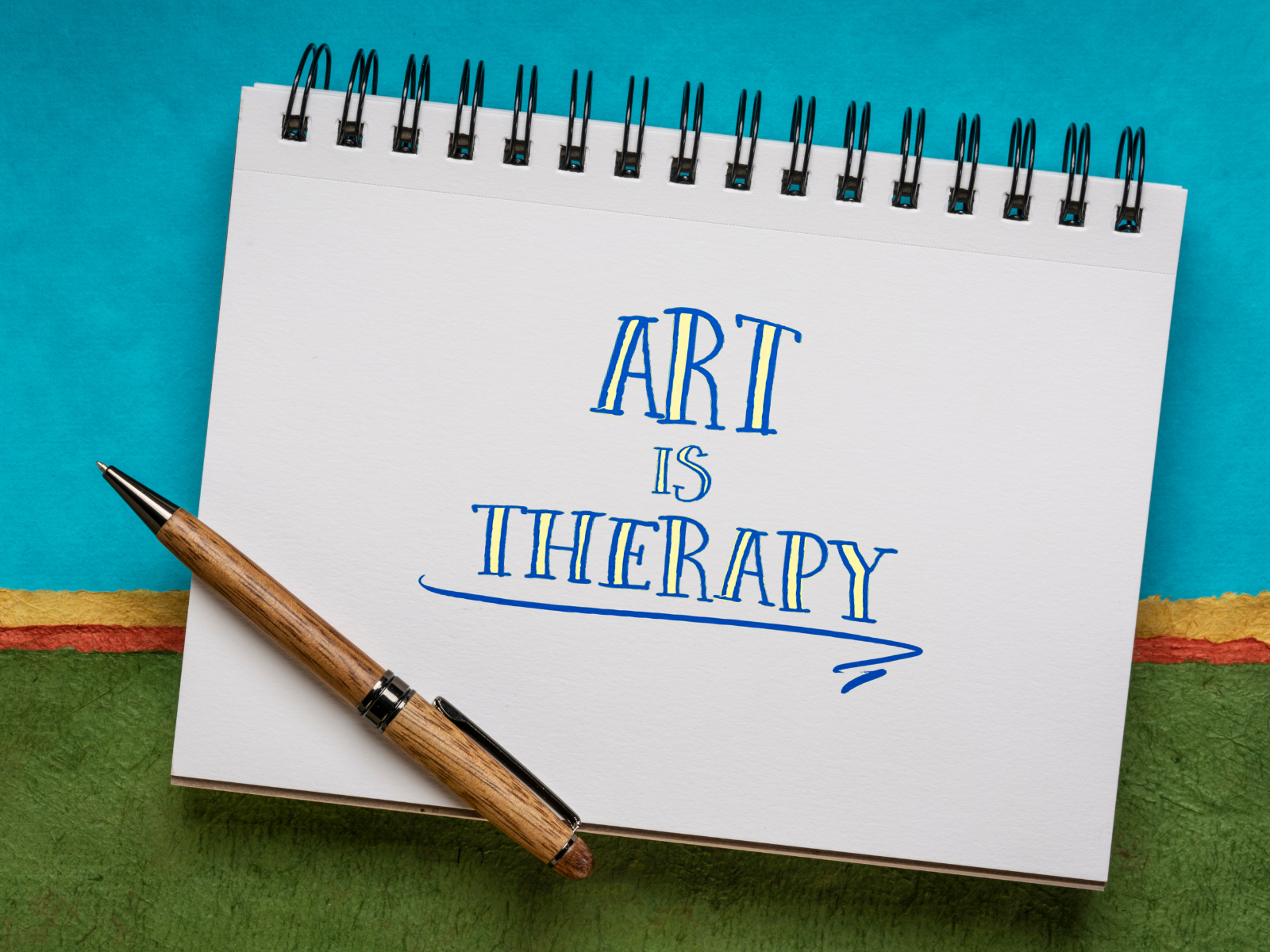
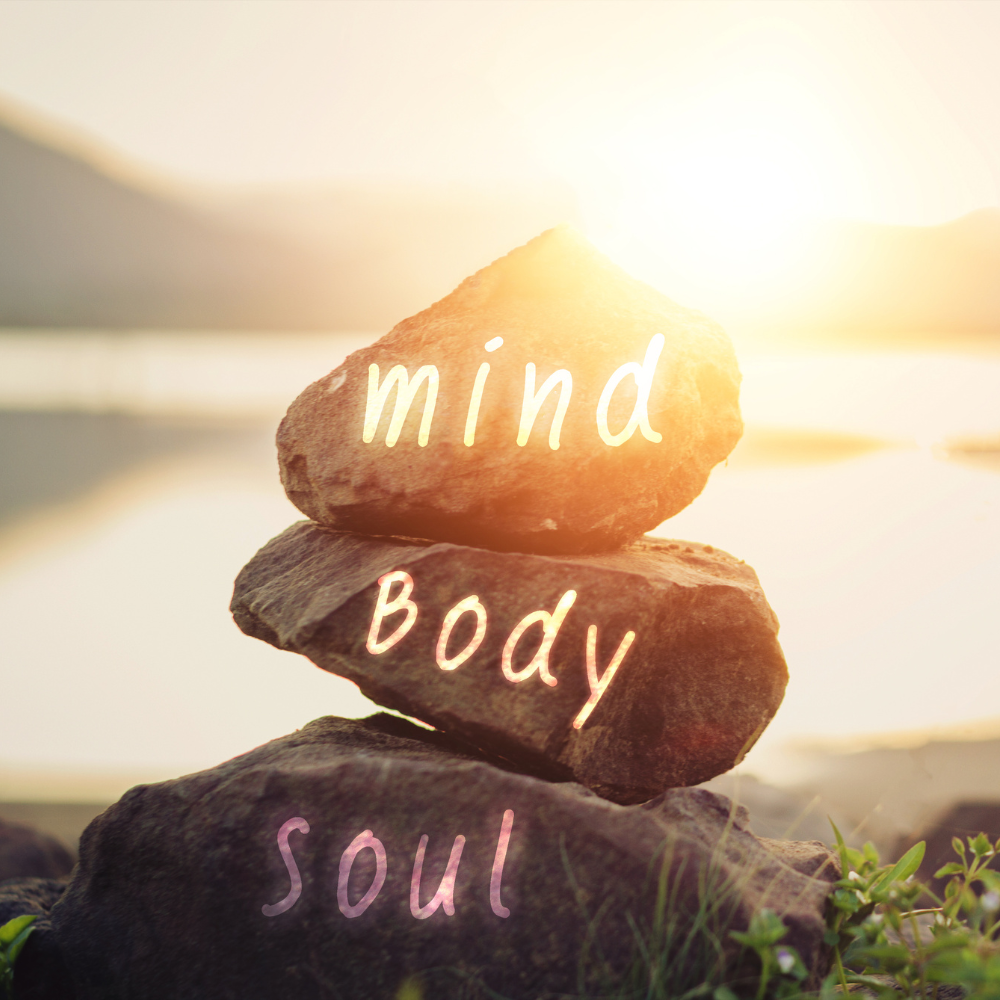
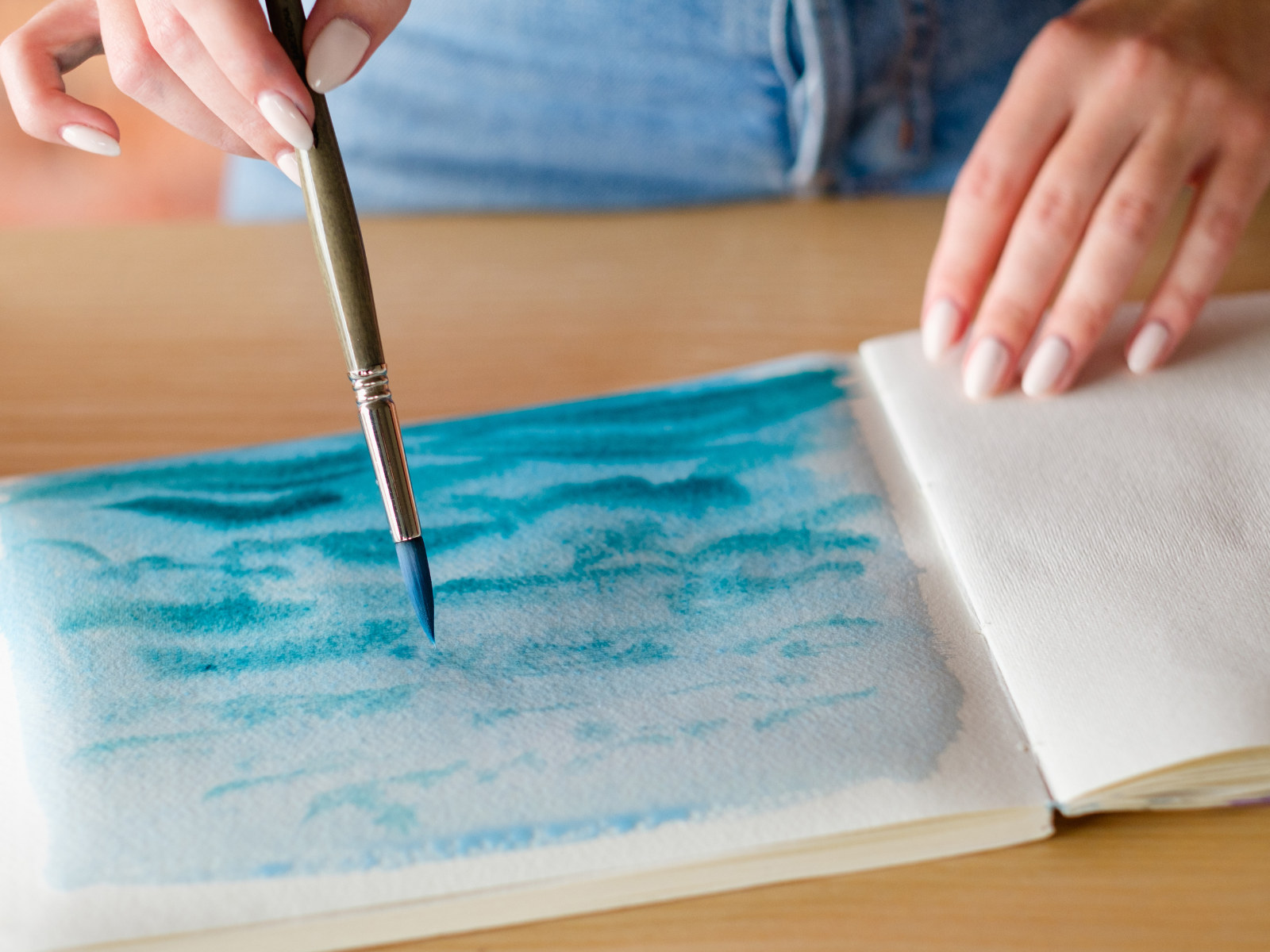
Benefits of Therapeutic Arts
The therapeutic arts can provide a plethora of benefits to those looking for an outlet for their emotions and experiences.
Some advantages include:
- Reducing stress levels
- Improving moods
- Increasing self-esteem and confidence
- Enhancing problem solving skills
- Encouraging creativity and expression
- Connecting to the community
- Elevating physical health
- Boosting academic performance in students
- Processing difficult emotions, such as grief or trauma
- Engaging the brain in an enjoyable activity that decreases cognitive decline as we age
The therapeutic arts are powerful tools for self-expression and healing, allowing us to express our emotions in a safe, nonjudgmental environment.
It can be a great way to find solace during difficult times and to take some time for yourself.
The best thing about using therapeutic arts as a way to find one's zen is that anyone can do it!
You don't have to be an artist to reap the benefits of art therapy.
There are endless possibilities to get creative, from coloring mandalas and painting, to needle felting and sculpting.
Whether you're experienced in the art world or just starting, therapeutic arts are a fantastic way to reduce stress, relax, and find your inner peace.
So if you're looking for ways to de-stress, relax, and nurture your creative spirit, therapeutic arts are the perfect answer.
Grab your favorite art supplies and get ready to explore new ways of finding peace and joy in life!

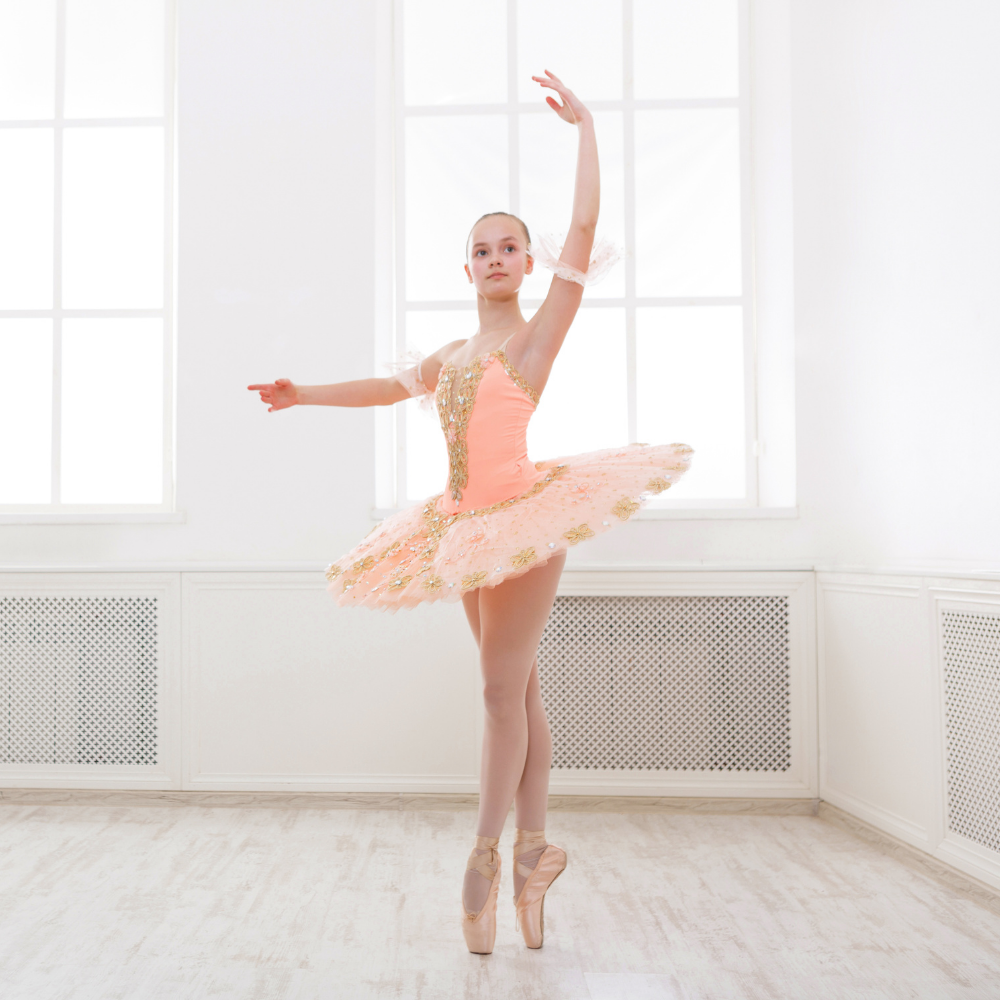
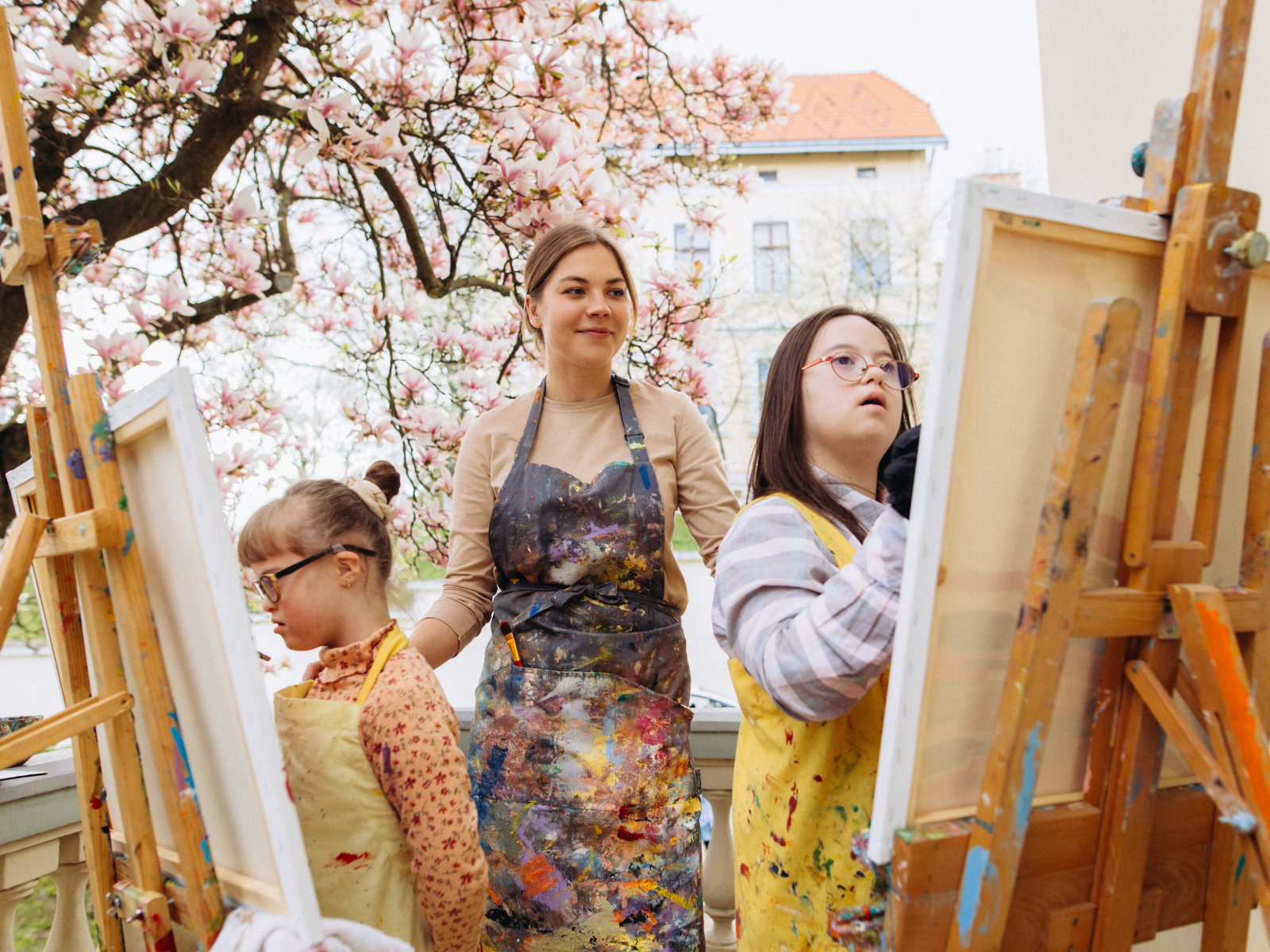
Types of Therapeutic Arts: What Resonates?
Just like there's no one-size-fits-all in therapy, therapeutic arts come in various forms:
- Visual Arts Therapy:
This includes painting, drawing, sculpting, and more.
If you find solace in colors and shapes, this might be your haven.
Visual art can be used as a form of self-expression, communication, and healing.
It allows you to tap into your emotions and confront them in a constructive way.
Plus, when all else fails, creating something beautiful can provide some much-needed comfort and joy.
- Color Therapy:
Color therapy is the art of using color to balance energy and emotions.
It can help us gain insight into our subconscious and open our minds to new possibilities.
Colors have their own meanings, so exploring them can allow us to be more in touch with ourselves and our feelings.
Utilizing colors through color therapy can help us to reconnect with ourselves and heal from the inside out.
- Writing Therapy:
Pen down your thoughts, feelings, or stories; it's like having a conversation with your soul.
Creative writing can be an empowering and freeing experience because writing can serve as a means of reflection, expression, and insight.
Writing prompts can help to unlock creativity and emotions that we didn't know existed.
Journaling can help people gain a sense of control, perspective, and clarity over life's challenges.
- Music Therapy:
From playing an instrument to simply listening to a soothing melody, music can be a powerful therapeutic tool.
Music can be used to explore feelings, facilitate communication, and even promote physical healing.
It can also help with relaxation and stress reduction while providing a sense of connection to others through shared melodies.
- Dance/Movement Therapy:
Express yourself through movement, letting your body speak its own language.
Dance/movement therapy is a form of psychotherapy that uses movement (dancing) to help individuals heal.
It can be used for self-expression, physical and emotional healing, and to explore the mind/body connection.
The goal is to allow individuals to gain insight into their emotions and feelings through physical expression.
- Therapeutic Arts Massage Therapy:
Massage therapy is an ancient healing practice that helps to reduce stress and tension by using pressure on specific areas of the body.
A therapeutic massage can help with pain relief, improve circulation, release endorphins, and increase relaxation - all while providing a sense of connection through physical touch.
Whether you get a Swedish massage or an aromatherapy massage, a massage session with a massage therapist can locate the trigger point, assist deep tissue work to release stress, and apply therapeutic essential oils that help to calm the mind and body.
When it comes to therapeutic arts, there's no one-size-fits all.
Choosing the right form depends on your personal preference.
Experiment with different types and see which one resonates with you the most.
Remember, it's the process, not the product, that matters!
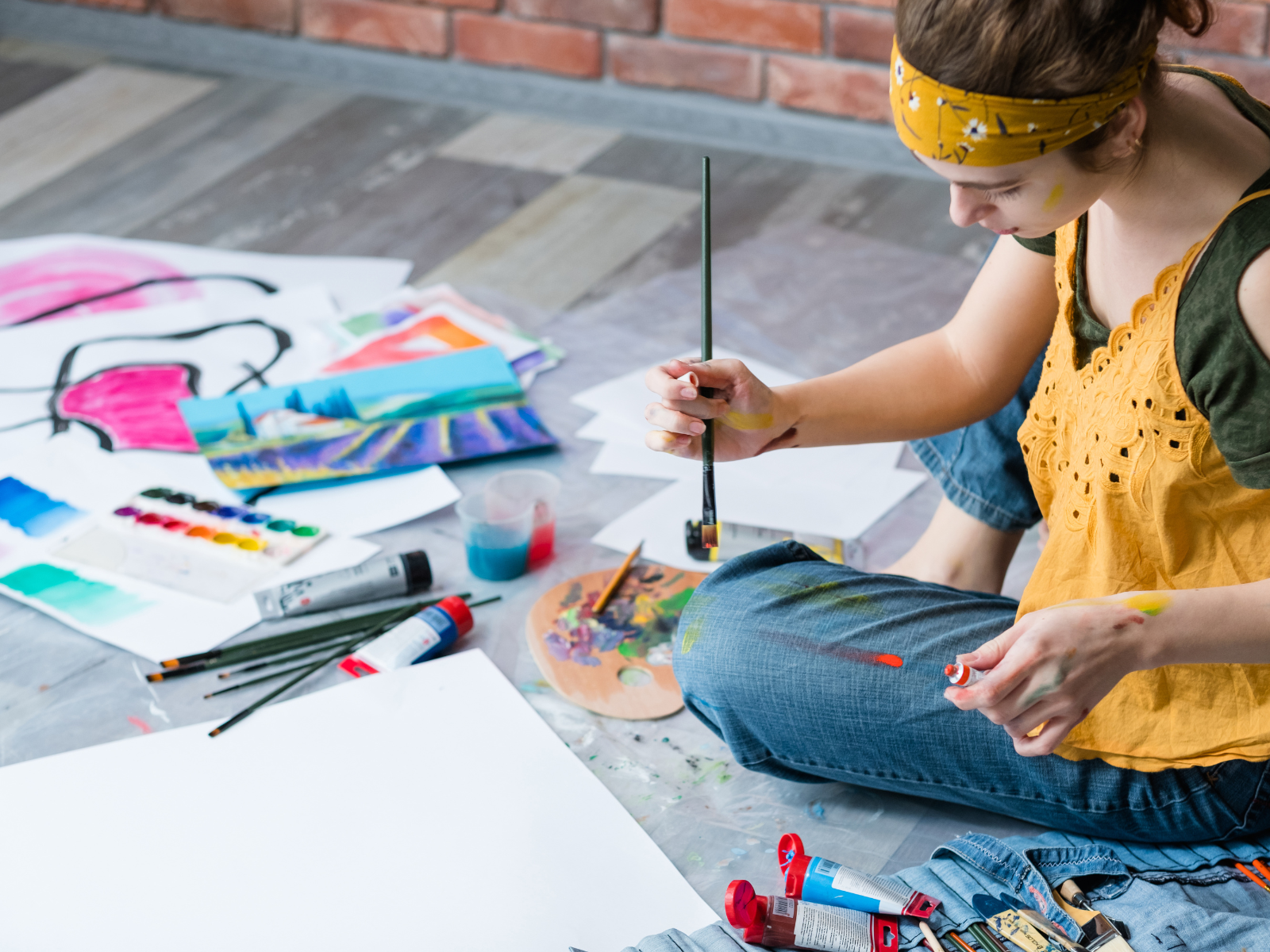
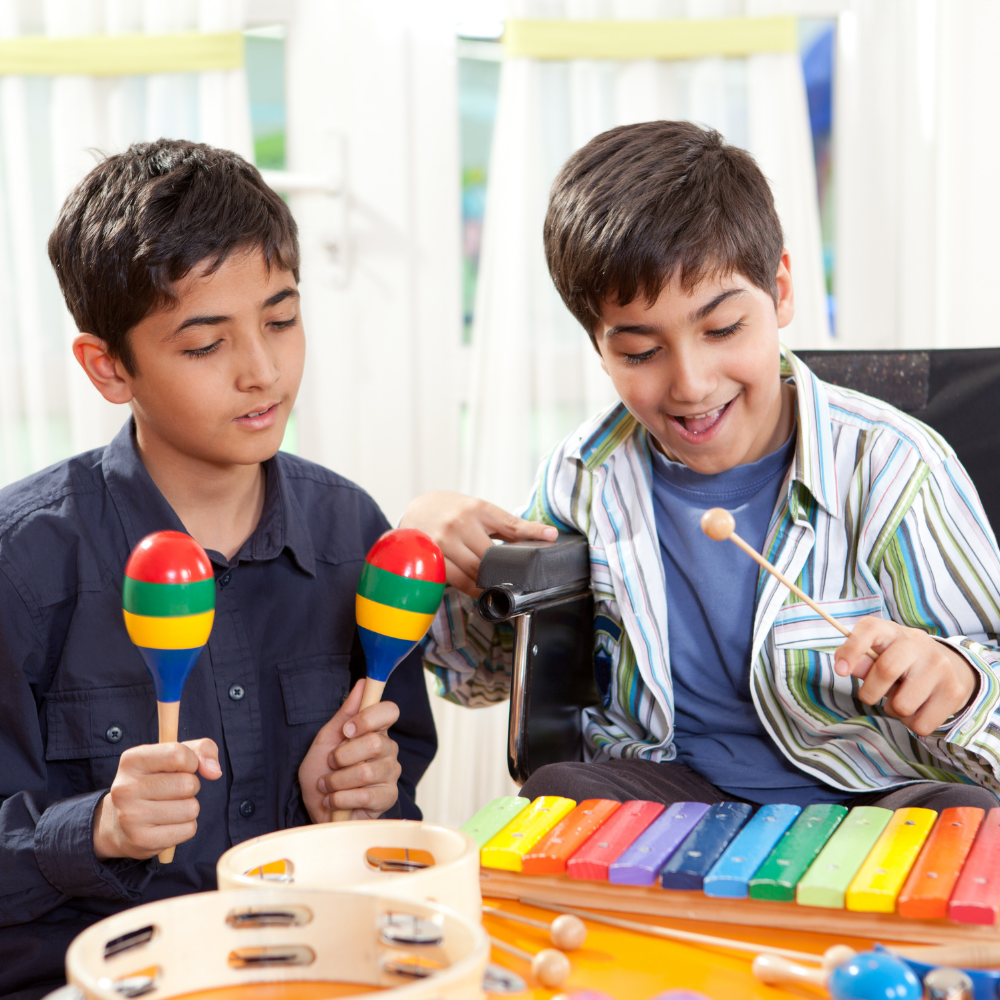

Therapeutic Arts for Depression, Anxiety, PTSD
Art therapy has been shown to alleviate symptoms of mental health disorders like depression, anxiety, and PTSD.
Here's how:
- Depression:
Art can help you express your feelings, reducing feelings of sadness and hopelessness.
It can also be used to distract from negative thoughts and give a boost of motivation.
The act of creating something can help to lift the fog of depression, allowing individuals to feel more connected to themselves and others.
Whether your dealing with SAD (Seasonal Affective Disorder) or clinical depression, art therapy can offer a safe outlet for exploring your emotions.
- Anxiety:
Engaging in therapeutic arts can reduce the intensity of anxious thoughts and feelings.
Creating art can be a mindful practice, helping you stay present and reducing worries about the future.
It's an effective way to distract from worrisome thoughts and promote relaxation through creative activities.
Plus, because it encourages self-expression, art therapy can help individuals gain insight into their anxiety and internal conflicts.
- PTSD:
Art therapy is often used with those suffering from post-traumatic stress disorder (PTSD).
Art can provide a safe space to explore traumatic memories and start the healing process.
It can be a helpful tool for processing difficult experiences in a safe environment, allowing the individual to express themselves in ways they may not have been able to before.
Whether breaking generational trauma patterns or finding the courage to speak out about abuse, art therapy can be an empowering experience.

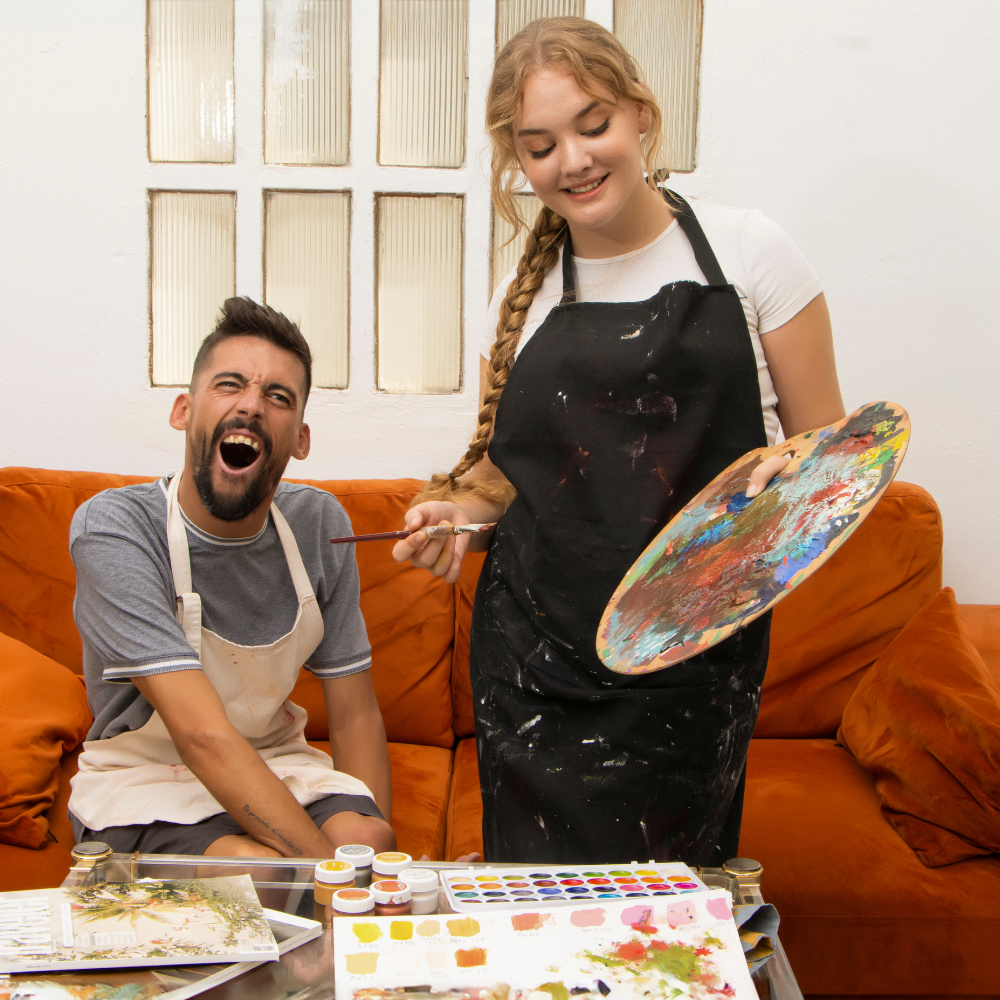
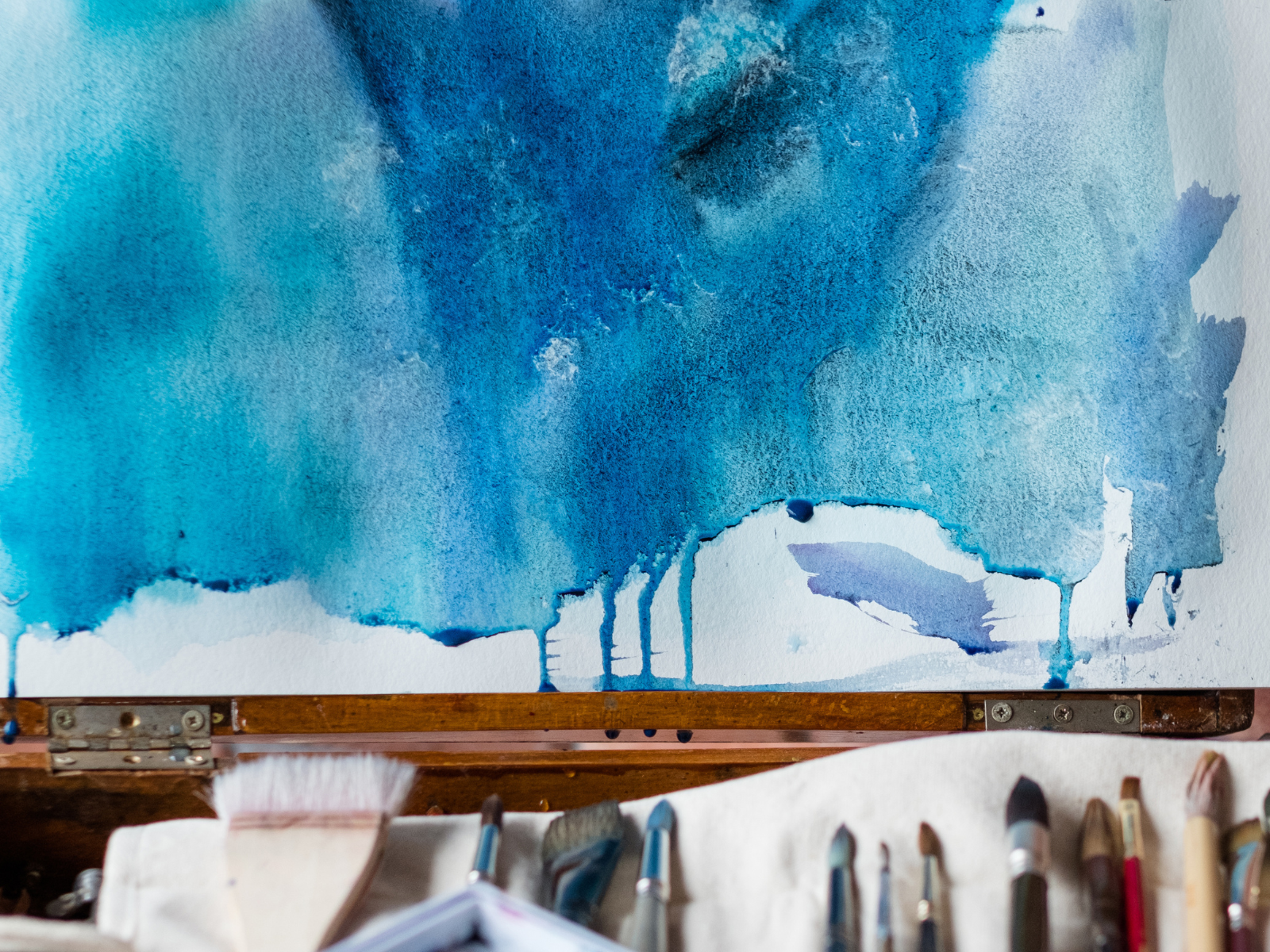
Unleashing Creativity and Exploring Emotions
Countless individuals have found solace and healing through art.
Many people have used art to work through personal trauma, manage stress, and find peace.
To start your journey with therapeutic arts, let go of any preconceived notions about 'good' or 'bad' art because this is your personal journey.
Allow yourself to explore and express without judgment.
Here are some ways to get started:
- Promoting Creativity: Start with simple activities like doodling or humming a tune. Gradually, challenge yourself with more complex tasks.
- Exploring Emotions: Use colors, shapes, movements, or words that represent your feelings. Don't censor or analyze, just express.
- Grounding Techniques: If you feel overwhelmed, use art to ground yourself. Draw your focus back to the present moment by immersing fully in the creative process.
- Incorporate Nature: Take your art outside and let nature inspire you. Find a quiet spot to get creative or go on a creative adventure with friends.
- Choose Your Weapon: Painting, drawing, sculpting, dancing, writing, singing - pick something that resonates with you.
- Create a Safe Space: Make sure it's a place where you feel comfortable expressing yourself.
- Let Go: Forget about judgments. There's no right or wrong here. Just let your feelings guide you.
- Enjoy the Process: Focus on the act of creating, not the end result.
Ready to start exploring the therapeutic arts?
Try free drawing, playing some music, creating a colorful collage, or just taking a walk in nature – it's all about finding what works for you.
Don't pressure yourself to create something elaborate right away.
Start small - a quick sketch, a short poem, a simple dance move.
As you grow more comfortable, gradually increase the complexity of your creations.
Remember to associate positive reinforcements with your art-making process.
Play your favorite music, light a scented candle, or enjoy a cup of tea while creating.
Make the process enjoyable and rewarding.
Give yourself permission to explore and express, let go of expectations, and remember that it's the process that matters.
Find your passion, rejuvenate your soul, and unlock your inner peace!
You'll soon find your inner peace and a calmer, happier self!
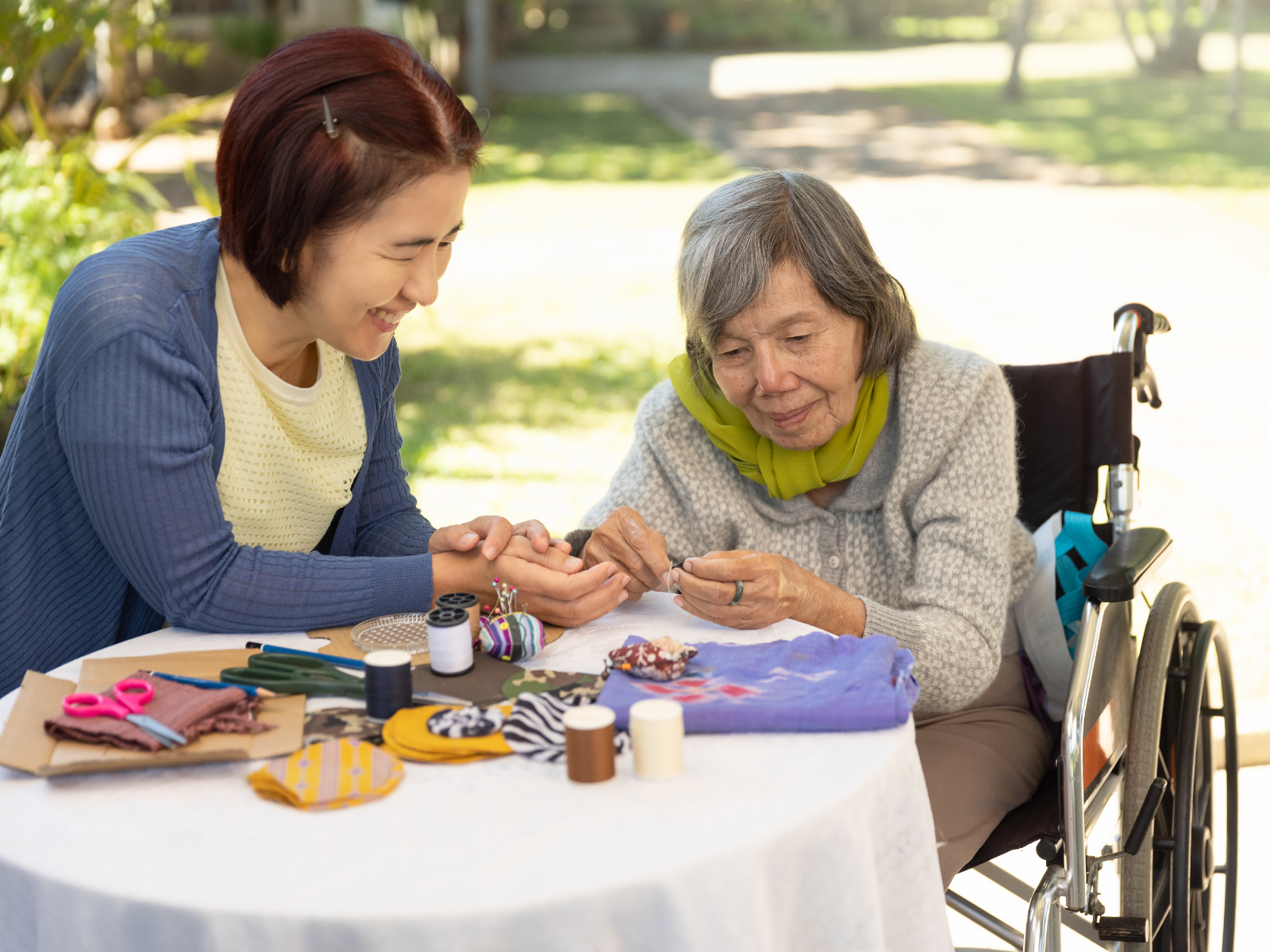
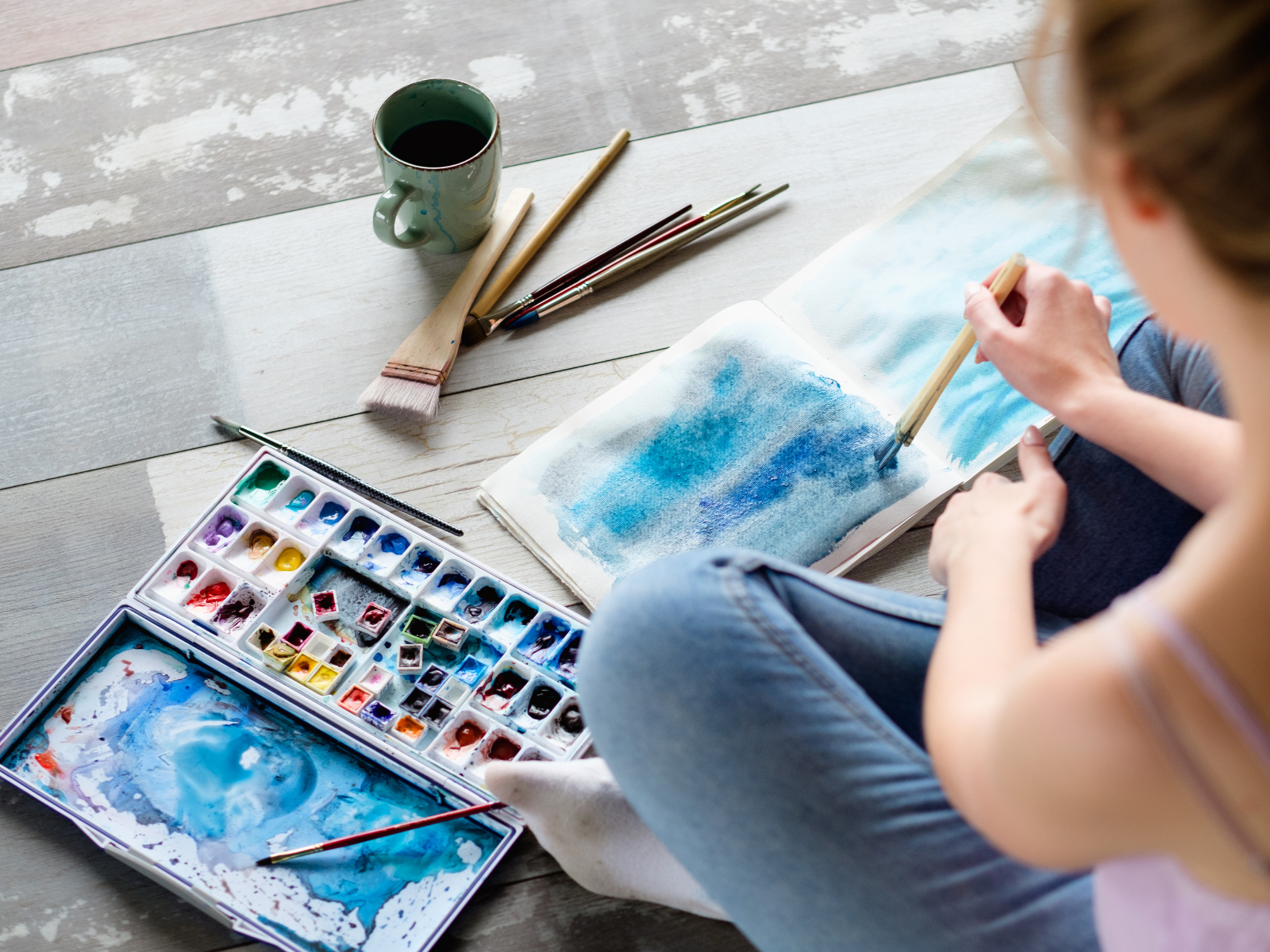

Finding Therapeutic Arts Resources
If you're looking for ways to explore therapeutic arts, there are plenty of resources available at your fingertips.
Whether you go to an online site or a physical office at a new location, you can find the perfect therapeutic arts program for your needs.
- Online Courses:
There are countless online classes and tutorials on various forms of creative expression like painting, drawing, writing, music, and movement.
- Local Workshops:
Many organizations offer therapeutic arts workshops in person or virtually.
Check out your local community centers for upcoming events and classes.
- YouTube Videos:
Look for videos related to the type of art you'd like to explore (i.e. "yoga for anxiety", "watercolor painting tutorial").
- Books:
Look for books related to the type of art you're interested in.
This can include anything from doodling, coloring, and mindfulness journals to writing exercises and collage art.
- Art Supplies:
Stock up on art supplies like watercolors, sketchbooks, markers, or clay - whichever is suitable for the type of art you'd like to explore.
- Art Therapy Services:
If you're looking for more personalized guidance, consider working with an art therapist who can provide tailored advice and support.
Contact a local therapist or check out online therapy websites like Talkspace and BetterHelp to get started.
No matter what form of therapeutic arts you choose, remember that the goal is to explore and express in a safe and supportive environment.
Here are some tips to help you find the right programs:
- Do Your Research: Look up reviews, read about various programs, and compare them to see which one is best for you.
- Ask Questions: Make sure to ask questions before signing up for a program. Find out about the teacher's experience, credentials, and teaching style.
- Set Goals: Think about what you want to get out of the program - is it relaxation, creative expression, or emotional healing?
- Let Go: Don't be too hard on yourself if you're not able to express yourself in a certain way. Remind yourself that the process is important.
It can be daunting at first, but don't give up.
The therapeutic arts can help us uncover truths about ourselves we weren't aware of before while creating a sense of peace, joy, and connection.
Whether adults, children, or a team of professionals, art therapy has something to offer everyone!

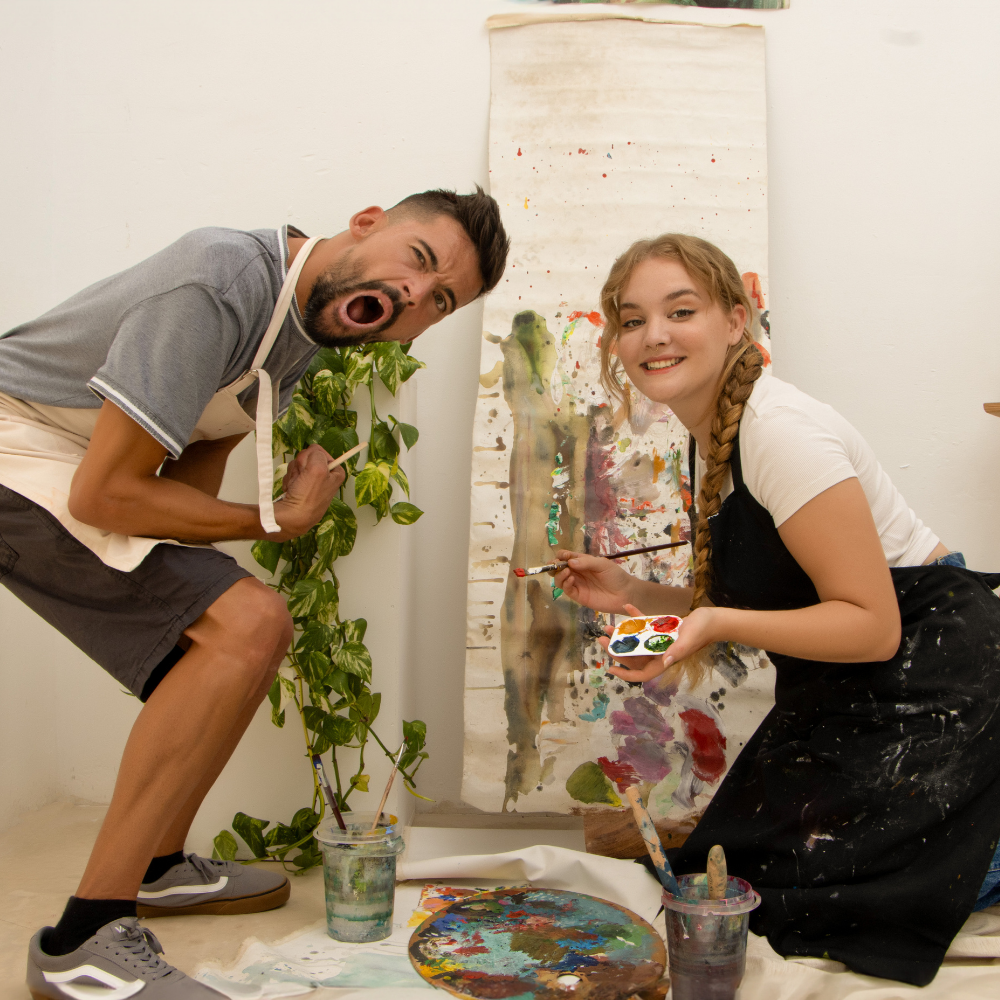

The Power of Therapeutic Arts: Time to Heal
Art therapy and the therapeutic arts are a great way to alleviate stress, explore emotions, and find your inner peace.
Whether you're painting, coloring, sculpting, making music, visiting art museums, or writing, you're doing yourself a great service.
Therapeutic arts offer a safe space to express your emotions and thoughts, explore and tackle problems, and enjoy the therapeutic aspects of art.
Providing a unique pathway to self-discovery and healing, they facilitate self-expression, help manage emotions, and promote mindfulness.
Whether you incorporate it into your regular therapy sessions or use it as a Self-care routine, the therapeutic arts can be a transformative tool in your mental health journey.
Remember, art is not about perfection; it's about expression.
So, ready to embark on this colorful journey?
Find a therapeutic art form that resonates with you and start exploring your emotions and inner peace!
Pick up that paintbrush, strum that guitar, or start that journal; let your creativity heal, soothe, and transform you.
Your mind and well-being will thank you for it.
Welcome to the magical world of therapeutic arts!
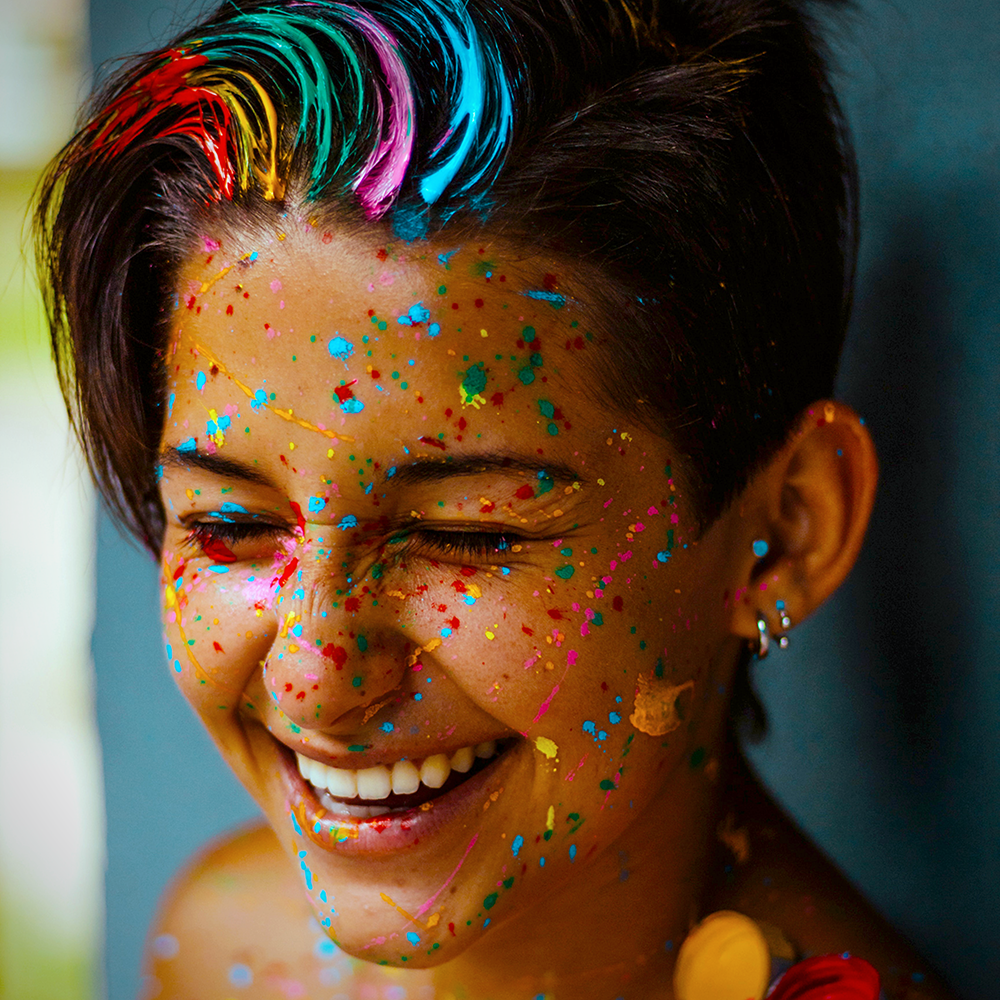
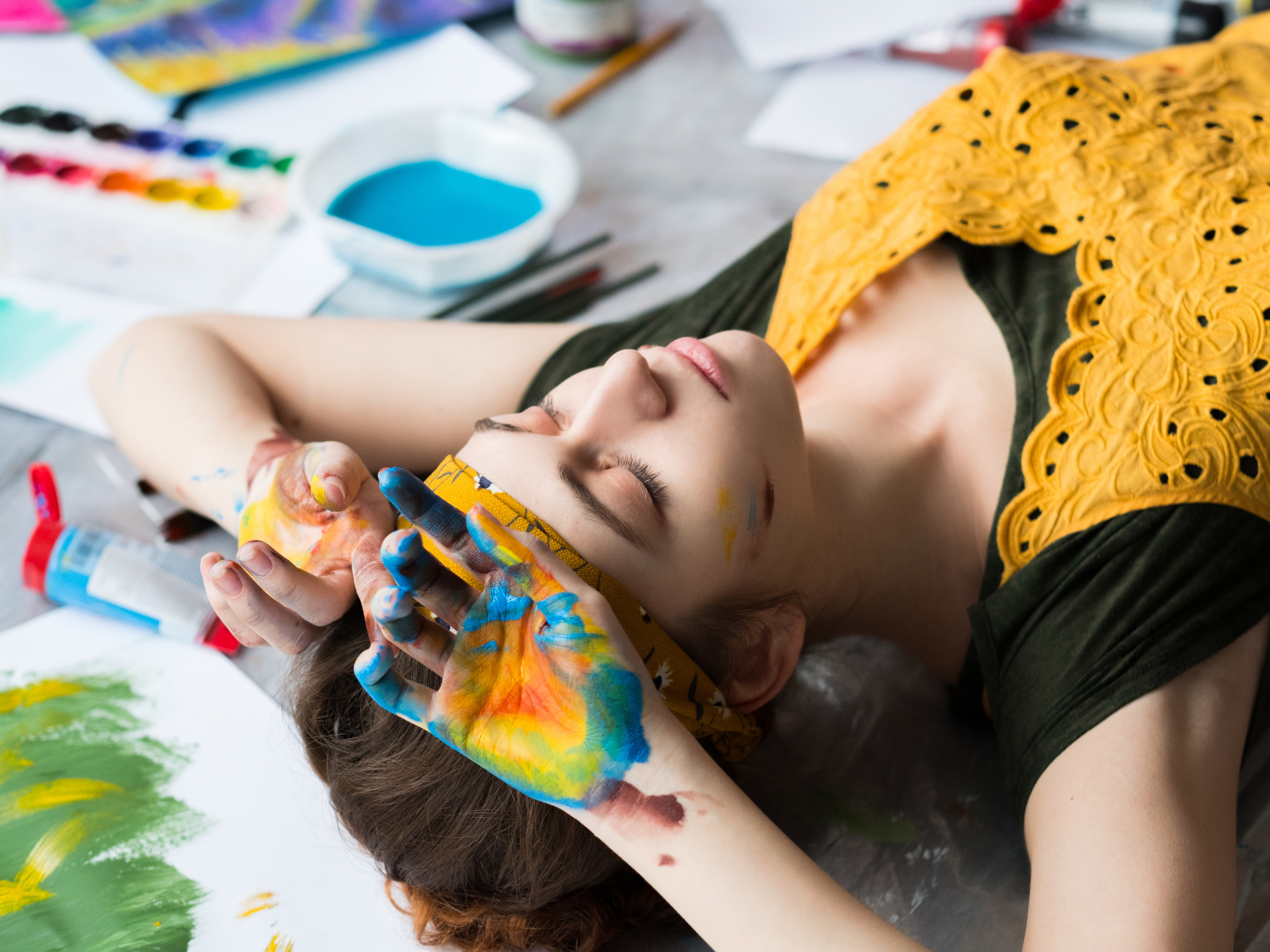
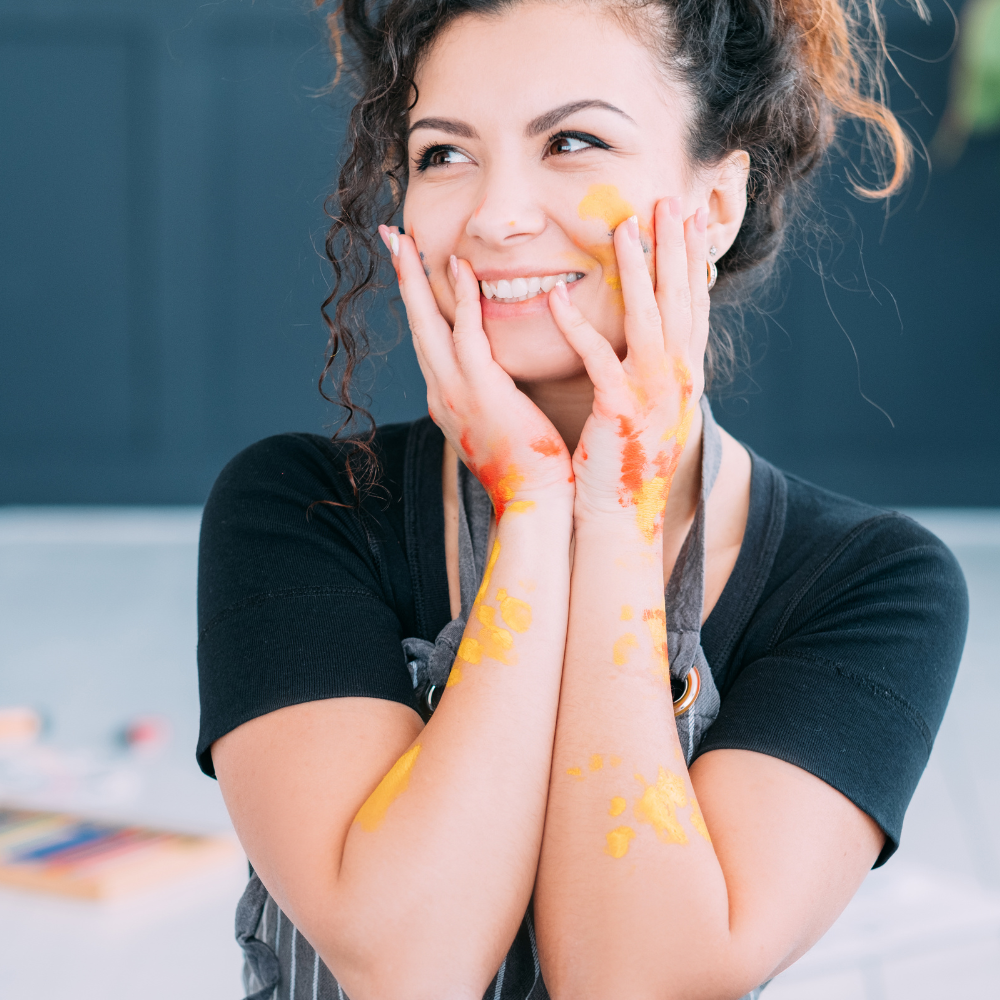
Looking to get started with some creative healing? Check out Thirsty for Art's video for a therapeutic art activity!
Want even more content about creativity and art?
Be sure to check out all of our creative chronicles!
Eager to heal and live your best life?
Check out some of our other articles:
-Improving art through meditation
